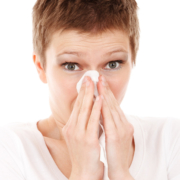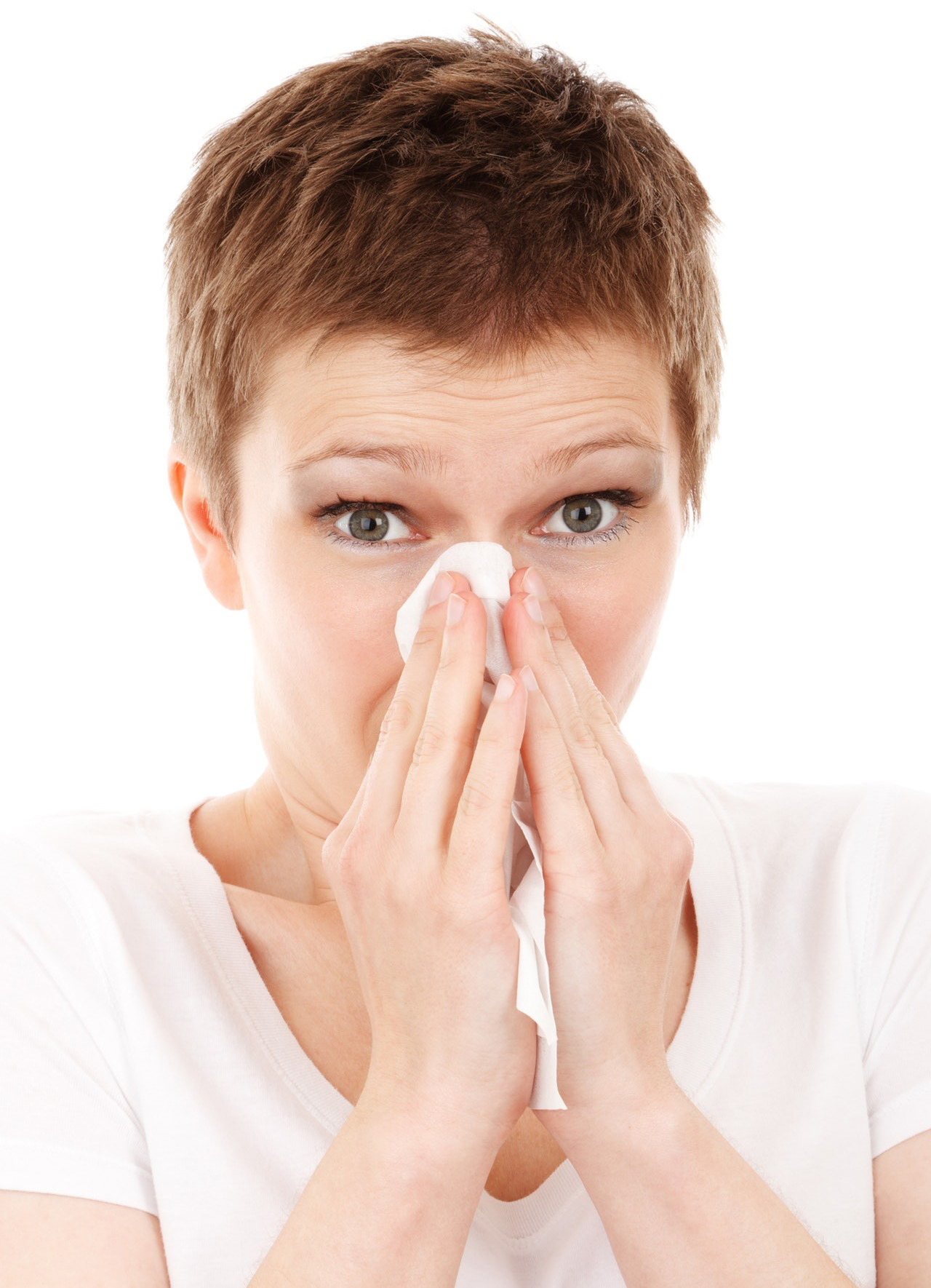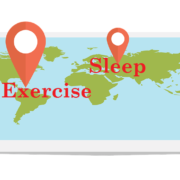50 Ways to Leave Your Doctor (Ok Only Four)
One day, I ran into a patient, a long term patient whom I had been treating since he turned 40. He was now on his mid-50s and I realized I had not seen him in the office for ages.
While perception is reality, I chose to verify my instincts and checked the computer system. It turns out he had not been to the office for more than a year and there were electronic records from other physicians in his file.
The patient had obviously switched practices, but I was left wondering why?
Relationships are complicated and the one you have with your physician is no exception.
And despite rumors to the contrary, doctors are humans. We also have feelings.
Often patients fail to realize the connection we make with our patients, particularly those who have been under our care for extended periods of time. Sometimes we treat multi-generations of family members only to find one day they are no longer coming to our office for medical care.
As a patient, you have the right to leave a medical practice and find another. Your level of comfort with the physician and his staff as well as confidence in the quality of medical care is crucial.
And sometimes you may choose to leave for no reason at all. My goal is not to force you to stay but rather to share some professional ways to give your physician, “The Pink Slip.”
Here are my guidelines for professional “uncoupling”:
- Bring it up! If something is amiss, let the physician know. While not every situation can be remediated, awareness is helpful.
- Communicate. If you are unhappy and would like to switch practices, have a face-to- face conversation. Your feedback can only help our practice.
- Tell a staff member. If you are unhappy or plan on switching practices and are uncomfortable sharing information with the physician, tell the office manager, medical assistant, nurse practitioner, physician’s assistant or front desk person and ask the individual to share the info with the doctor.
- Send a letter or note directly to the doctor with the reason for your request. There is no need for a dramatic breakup. Just express your concerns in a calm and businesslike manner. Most docs find the info helpful, even if they find it hard to hear.
As physicians, there are some things are in our power to change. Others are not. If numerous patients are unhappy with a staff member, I prefer to know about it. Often I am unaware of the front desk dynamics because I am in the back office providing care. If poor bedside manner is problematic, it’s beneficial for me to know. If you simply moved away from the practice, allow me to wish you luck in your new location.
But some expectations are unrealistic. I cannot put you on an anti-biotic without seeing you or prescribe narcotics over the phone. I also cannot always control the wait time. It’s hard to estimate how many minutes to allocate to each patient. Things come up. But if the wait time is excessive, I would like to know.
In the process of saying goodbye, ask for a copy of your medical records. And have the physician renew your prescriptions so you don’t run out before the switch. Those two steps will ensure a smooth transition.
Trust me. I am a doctor.





























